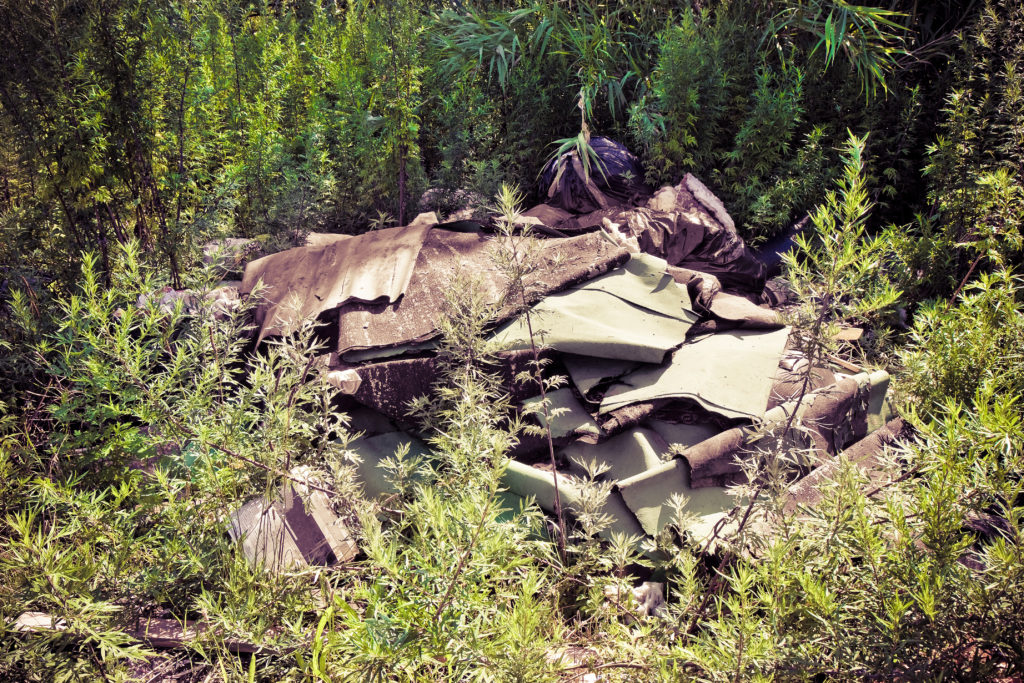You are interested in purchasing, refinancing or leasing a commercial property. As one who prefers to make well-informed, risk-identified transactions, you know the importance of a Phase I Environmental Site Assessment (Phase I) and plan to perform due diligence. While you know of a Phase I and are on the cusp of choosing a consultant, you are curious about what the actual process entails. What should you expect from your environmental professional and how can the process be tailored to meet your transaction?
Agree to a Scope of Work
Discuss with your environmental professional what your goals are, and what requirements your lender may have. To qualify for federal Comprehensive Environmental Response Compensation and Liability Act (CERCLA) liability protections, you would want an ASTM E15272-13 Phase I Environmental Site Assessment, which means a records review, a site visit, interviews and a report.
Phase I investigations typically do not include surveys for lead paint, asbestos, or radon. Nor do they include testing of groundwater or soil. If additional services are required, discuss this requirement during the hiring phase so that your professional can properly scope the project and meet your needs.
Due diligence can also be pared down. Transaction Screens (ASTM E1528-14) are typically faster and less costly because they do not provide the depth of inquiry, or liability protection, that a Phase I ESA does. Some lenders require Transaction Screens for properties below a certain value and with a well-documented history of no environmental risk.
Discuss Your Timeline
Mention to your environmental professional what sort of timeline you are working on. Does your property closing have a window of due diligence? When does it end? Phase Is usually require a minimum of 20 days to gather all reasonably ascertainable information. For example, some municipal offices account for 10 business days to properly respond to a public records request. A quick turn-around on your report can accommodated for, but be sure to let your professional know at the beginning of the process!
Expect to be Interviewed
Part of the procedure is asking the user, this is the client (ie. you!), for his or her knowledge. Ideally the environmental professional would talk to you in person or through a phone discussion. At a minimum it requires you to fill out a short questionnaire. Some of the questions you will see or hear include:
Does the purchase price seem fair compared to market value? Do you have any knowledge of past site uses? Has anyone mentioned a release or a previous report?
You do not have to have knowledge for every question, but to be eligible for landowner liability protection you must give a response to all questions. This interview required to satisfy the search for information in all avenues of inquiry.
If the report is to conform with the ASTM E15272-13 Phase I ESA, the environmental professional is also obliged to make the effort to interview past and present owners and occupants of the site.
The Site Visit
Now the fun part, the environmental professional will need to visit the site and enter any structures on the property. While your presence is not mandatory, your presence is welcome while the professional puts his or her sleuthing skills to work in search of evidence of hazardous materials and petroleum products. Is that a fill pipe poking out of the foundation wall? Is there dumping occurring in the backwoods? What are the neighboring properties up to? Stains, drains and tanks, oh my!



The Report
After the interviews, records review and site visit, you will be presented with a large report that includes several hefty appendices of backup resources from which the professional used to draw conclusions. The report itself will describe the property, specify all the research and work your environmental professional did, and give the environmental professional’s opinions. For ease of review, Cooperstown will summarize all conclusions at the beginning of the report in an Executive Summary. This section will identify any Recognized Environmental Conditions (RECs), opinions and possibly give recommendations for additional investigations. Additional investigations are recommended to determine, in the case of a risk of contamination, if hazardous substances or petroleum products actually exist on the property or, in the case of known contamination, to learn the current status of the site’s contamination.
Decide What You Want to Do
As the user of the report, it is now up to you to decide what you want to do with the information in the report. Consider your goals for the property and your comfort, and possibly your lender’s comfort with risk.
Maybe the report was just a requirement for refinancing, and you feel confident moving forward regardless of the report’s conclusions.
Perhaps the Phase I due diligence process turned up information you are unsure about, like rusty storage drums, or an upgradient gas station with a history of spills. Discuss the findings with your environmental professional. Ask for clarification, details, or recommendations for further investigation. At Cooperstown, after investing weeks studying the site, we are eager to share our findings. And if you do decide to perform additional investigation, we have the resources and expertise to design and execute your Phase II. What should you expect in a Phase II? Stay tuned!
